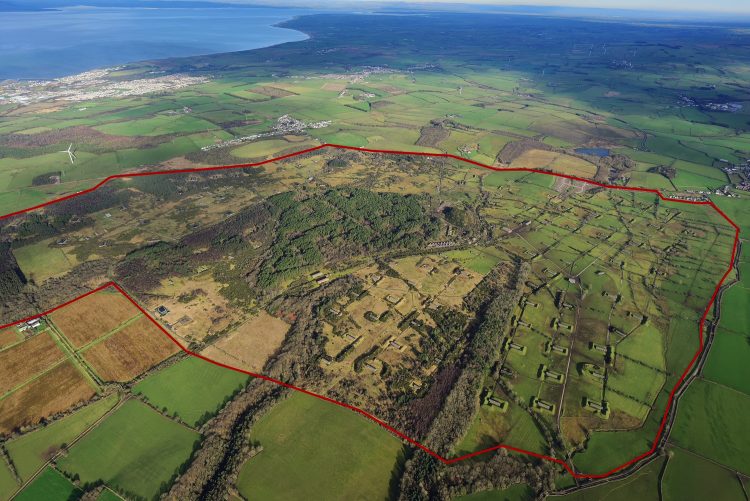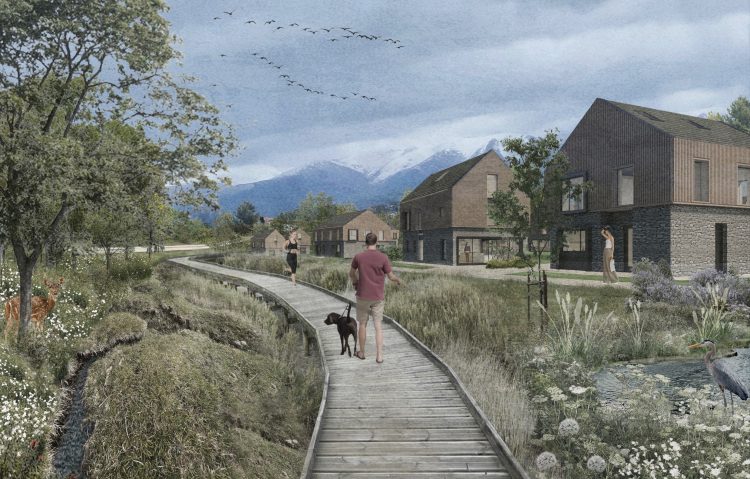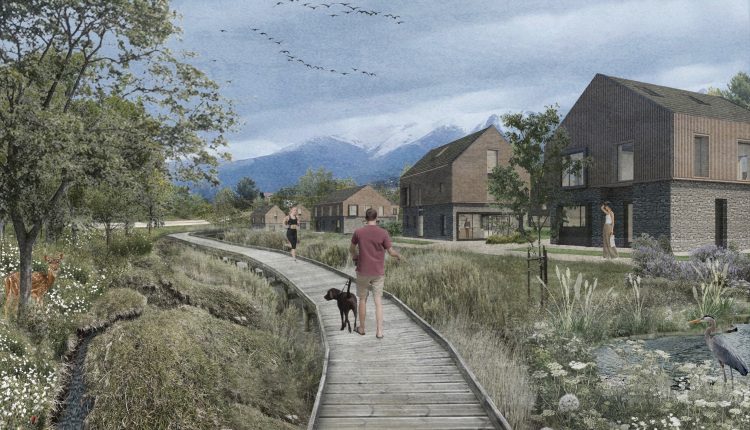A trio of Liverpool companies is joining forces to transform a redundant military arms dump to create 1,000 acres of new public land and 71 ‘eco-homes’. Tony McDonough reports

Liverpool property investor Tower Grange and two professional firms from the city are joining forces on a scheme to create 1,000 acres of new public land and 71 ‘eco-homes’.
Tower Grange is providing a mix of debt and equity funding to developer, Derwent Forest Development Consortium, for the project in west Cumbria. Liverpool-based architect Atelier2 will develop the proposals based on a masterplan devised by Anthony Benson of Allies and Morrison.
Next week councillors on the planning committee of Allerdale Council will consider the proposal for the multi-million pound regeneration of the former Broughton Moor arms depot between Cockermouth and Workington. The plans have been recommended for approval.
If passed, the first phase of the Derwent Forest project will see work begin on the restoration and opening up of more than 1,000 acres of land which has been closed to the public for more than eighty years, together with 71 new eco-homes.
READ MORE: Tower Grange backs Liverpool housebuilder
Millions of pounds will be invested in removing the military fencing that kept the site secure and in creating new cycle ways, paths, parkland and woodland. Land polluted by the former military activities will be cleaned up and old mine shafts capped off and made safe. Further investment in the site’s bio-diversity is also planned.
“The development is recognised as a major strategic opportunity for west Cumbria and is referenced in numerous current strategic plans,” said Steven Peck of Tower Grange Finance.

“We are an equity partner via one of our funds and have supported the planning and design costs and, if our application is successful, will provide the development finance necessary to get the project up and running.”
The arms depot was opened in 1939 on the site of Buckhill Colliery (1873 – 1932). In 1944 the site was expanded from 800 to 1050 acres. The depot was used by the MOD until 1963 before being leased to the West German government.
From 1977 it was used by the US Navy for the storage of armaments for its North Atlantic Squadron. From 1981 Broughton Moor was formally adopted as a NATO storage site. The site was decommissioned at the end of the Cold War, finally closing on December 31, 1992. More than 130 magazine buildings remain on site.
Among the first tasks on approval will be connecting the site to the coast-to-coast cycleway, says scheme architect Dylan Jones. He explained: “The coast-to-coast cycle path is a very popular national attraction and brings with it spending power and activity and we aim to make this one of the first elements of our investment.”
Amongst the facilities promised for this next stage of the project are:
- A new village green.
- A 2.5km path and cycleway linked to the coast-to-coast route and National Route 71.
- 15,000 new trees in a new 13-acre woodland to promote carbon capture.
- A 1km woodland walk.
- Watercourse improvements to the historic Flammiggs Gill.
- A new multi-purpose visitor centre.
- A new purpose-built early-years facility at the nearby Broughton Academy.
“The site is blessed with lots of tarmac roads which were designed for military-grade heavy goods vehicles so we’ll be able to use these whilst we do all the heavy-lifting around the site clean-up,” added Dylan.
More than 3,000 tonnes of contaminated waste will be removed during the initial phase of works, with proposals agreed with planners for the on-going woodland and countryside management of the remainder of the estate.
The houses will have very high standards of thermal efficiency and incorporate the latest energy-saving technologies. An electric vehicle charging network will be provided with each home.
The scheme’s wider masterplan includes scope for additional settlements, plus investment in new visitor attractions and amenities. Detailed planning permission would be sought for those aspects of the project at a future date, says Steven Peck.

